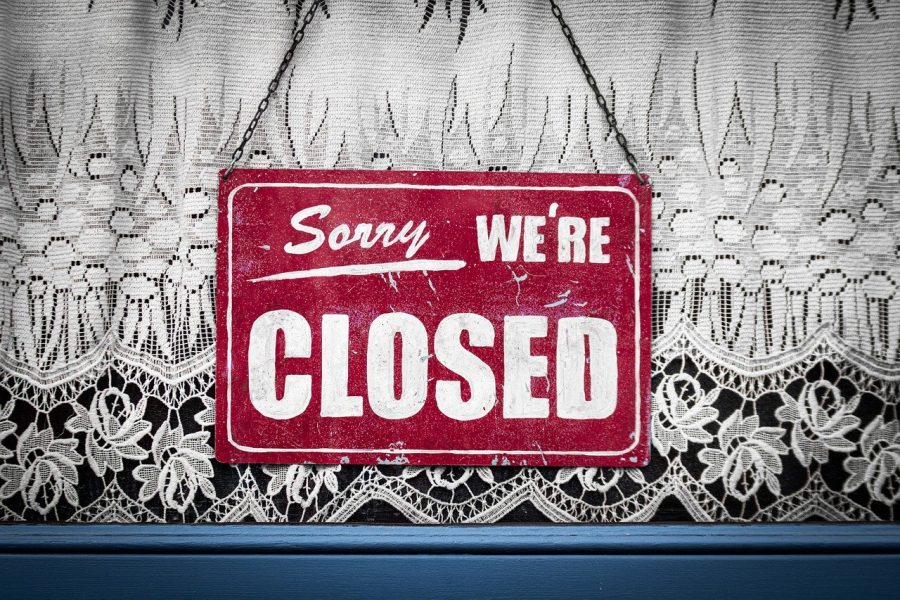The image of California living is that of a never-ending vacation. Sun. Surf. Endless entertainment. Plenty of good jobs. The leaves are never brown, nor the sky gray. Always safe and warm.
But the reality is different. The coming winter looks to be one that will keep the entire state down.
Lockdowns. Last month it was “No Thanksgiving For You, California.” This month, Christmas and New Year’s Eve celebrations are at risk. Counties that have to wear the Purple Letter are under a 10 p.m. to 5 a.m. curfew. The state health public department says, “persons arriving in California from other states or countries, including returning California residents, should practice self-quarantine for 14 days after arrival.” Outdoor dining is verboten in Los Angeles County while “non-essential” businesses are being forced to severely limit their operations, and residents have been told to just stay at home. Santa Clara County has shut down contact sports, meaning the San Francisco 49ers will probably have to go elsewhere to play their “home” games.
Meanwhile, those traveling into Santa Clara County from more than 150 miles away, a zone which includes most of the state, are expected to quarantine once they’ve reached their destinations. Other Bay Area counties might soon adopt a similar restriction. Arrivals at Los Angeles International Airport from another state or country are required “to fill out an online form, acknowledging that they have read and understood California’s travel advisory.” Failure to fill out the government’s papers “is punishable by a fine of up to $500.”
Despite all the bureaucratic and political efforts that have been spent trying to keep Californians in their homes, there’s no research, not a shred of science, that says lockdowns have been effective in stopping the spread of the coronavirus and saving lives. Fox News medical contributor Dr. Marc Siegel says they simply haven’t worked. In fact, they’ve created “serious side effects,” such as job losses, not receiving regular medical care, lack of proper nutrition, and increased mental health problems.
Power Shutdowns. Thousands of Californians had their electricity turned off over the Thanksgiving weekend to reduce the risk of failing equipment starting wildfires. Since late summer, hundreds of thousands have lost power for the same reason. Three months ago, the first rolling blackouts in almost two decades threw shade on a state rich in resources but politically averse to generating energy from conventional sources.
Feeling Rundown. Californians can’t be blamed for being weary. Many have become exhausted by the lockdowns. They’re tired of being told to obey the rules set down by public officials who, rather than follow their own orders, act as if they’re exempt from the guidelines. Thousands went out Saturday evening to make their point by breaking the curfew. One organizer, Syndie Ly, a refugee from China through North Vietnam, said “across 16 cities, we had 10,000 people show up.” The protests “will continue every Saturday, starting at 10:01 p.m. until Ly and the organizers see change,” reports San Diego’s ABC affiliate.
Many have decided “we are definitely not complying” with the rules. They trust they “have enough information to make an educated decision,” and know “the data do not back another shutdown.” Even cease-and-desist orders and fines are not stopping owners who rightly believe the lockdowns are a death sentence for their small businesses.
The California paradise has been lost. The state is locked down, shut down and run down, and at times feels as if it’s about to explode. The first person to get burned might be – fair or not – Gov. Gavin Newsom, whose name is on a recall petition that’s circulating the state.
Kerry Jackson is a fellow with the Center for California Reform at the Pacific Research Institute.


